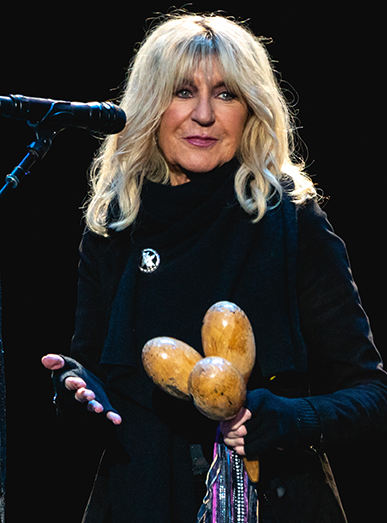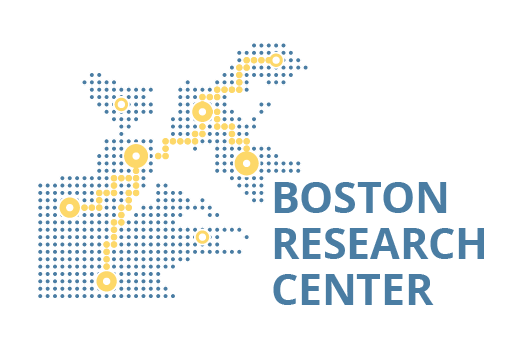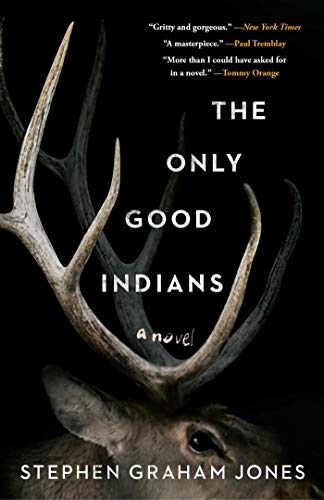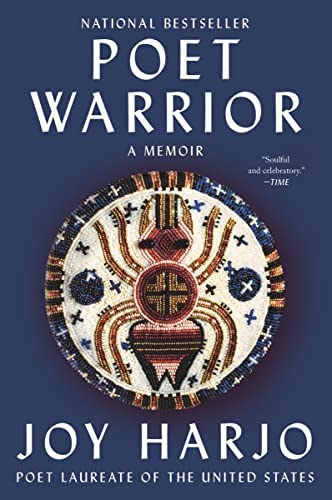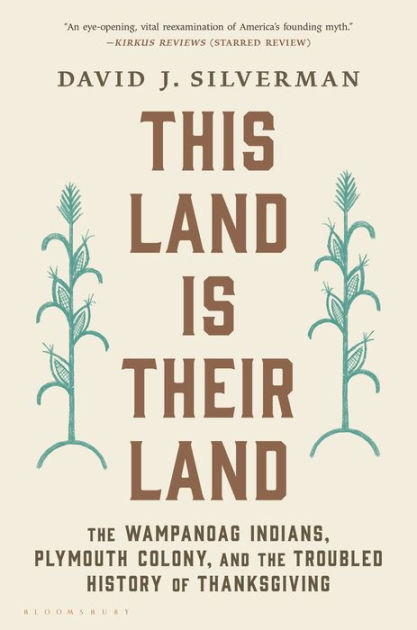Snell Library Renovation Continues; 4th Floor Closed
Work on the Snell Library renovation continued in earnest over the winter break. With construction moving to the 4th floor, furniture was removed from that area and reorganize on the 3rd floor. Temporary walls were also installed on the 3rd floor to cut down on construction noises throughout the building.
While work is being completed on the 4th floor, please note that that level will be closed for the spring 2023 semester. Library users should relocate to the first three floors of the library or visit the Northeastern University Spaces page to find other suitable areas on the Boston campus. The Curry Student Center, Marino Center, 300 Mass. Ave, and most academic buildings have open seating available for study purposes.
The basement level also remains closed for the semester.
The Snell Library renovation project is a top-to-bottom redesign that will provide:
Improved study space, including:
- a major increase in seating to accommodate both quiet and group study
- bookable group study rooms on several floors
- single-person pods for phone and video calls
- new study space on the lower level
- a larger, enhanced graduate study room
- improved acoustic dampening throughout the building
Creative and collaborative opportunities, such as:
- an expanded creative and design production zone on the 2nd floor
- a research-focused area that brings together advanced digital scholarship projects from across the university
- a new café and large event space open to the public on the 1st floor
Improved access to our collections and services, including:
- more space to highlight our unique archives and special collections
- on-site access to high-use books
- easier access to library and information technology services
Compelling views, inside and out:
- welcoming, light-filled areas with panoramas of the campus
- a glass-enclosed central staircase showcasing newly opened areas of the library
- a wrap-around glass façade on the 1st floor with new, larger entrances
Please follow us on Instagram and Twitter or visit our website for up-to-date construction and renovation news.
